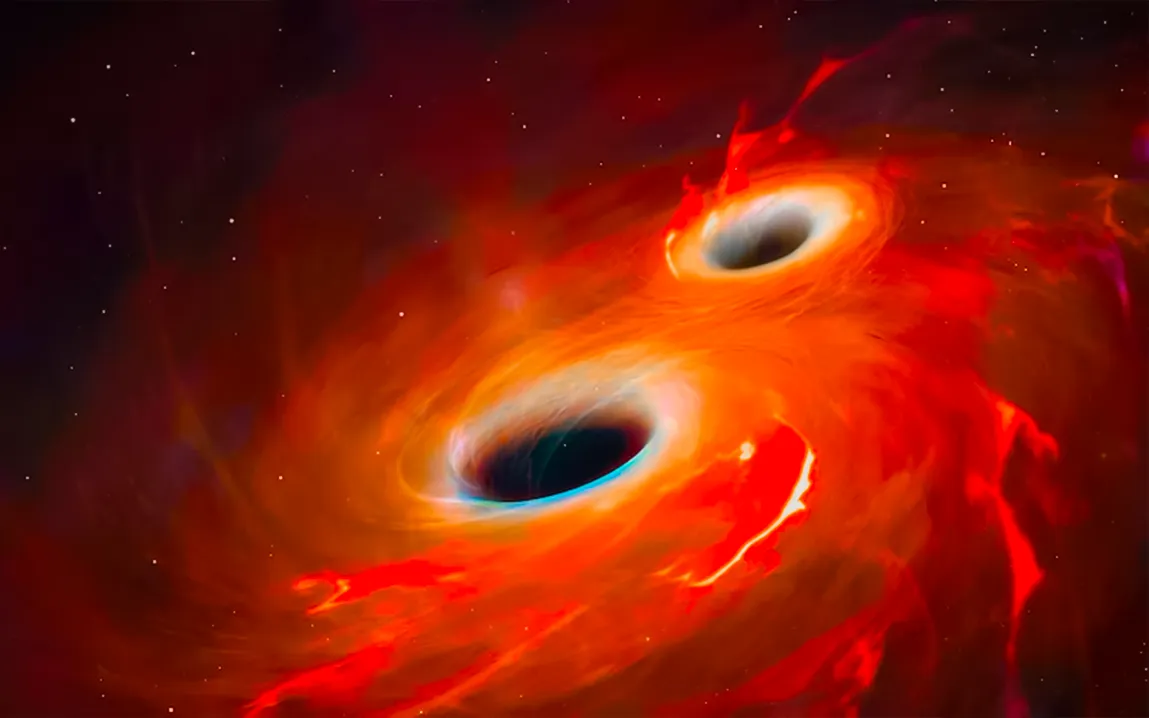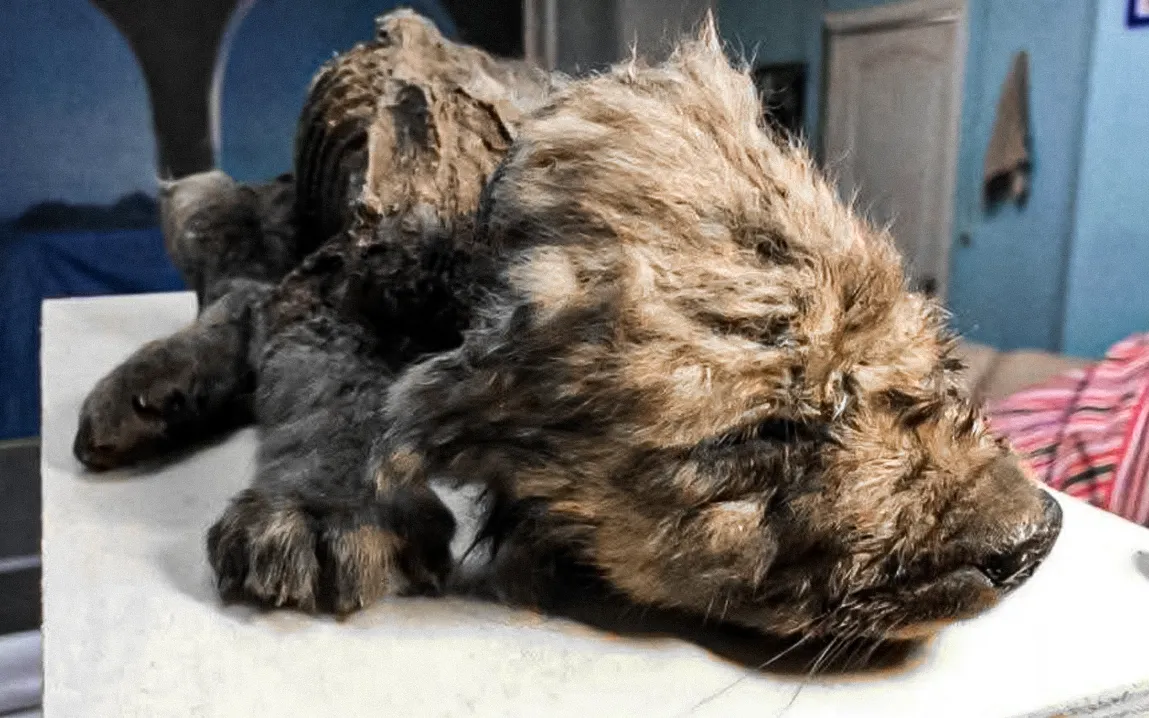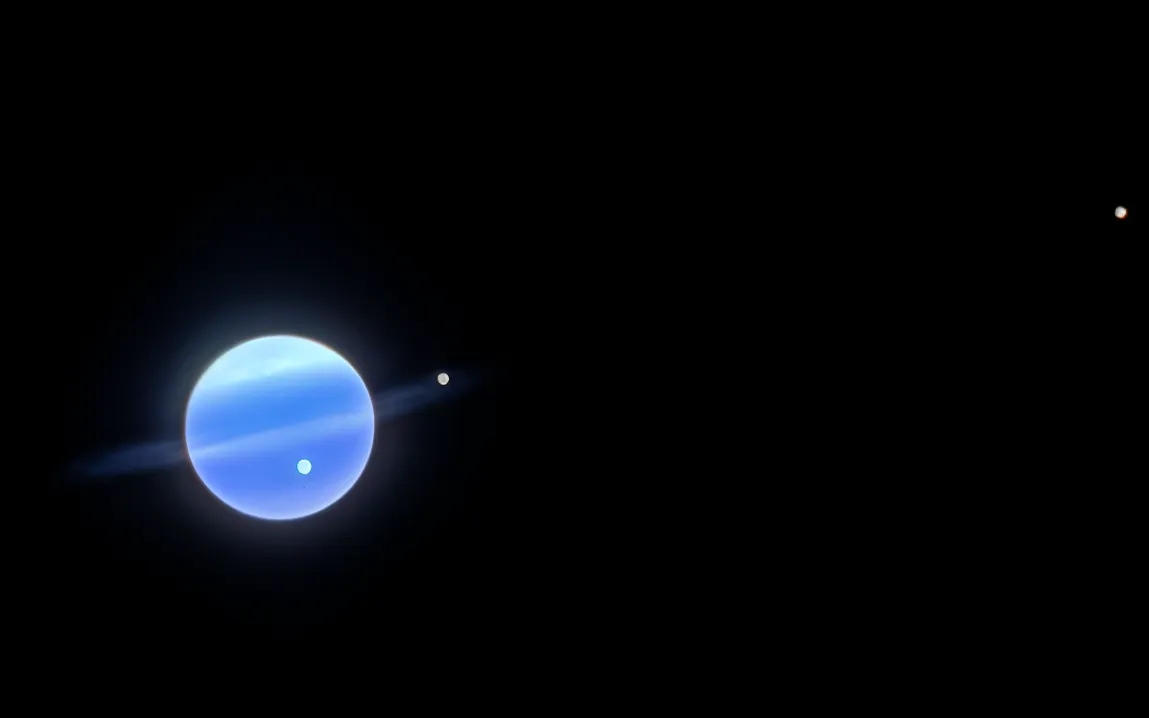Black holes have been the mysterious giants in the universe for a long period of time because of their secretive birth and equally secretive nature. Recent research with advanced gravitational wave detectors like LIGO (Laser Interferometer Gravitational-Wave Observatory) and Virgo provided some of the most detailed clues regarding their origin. The study of black hole spin is teaching researchers something new, particularly those pairs of them that form binary systems; their orbit eventually brings them together with an immense release of energy in collisions.
For long, the origins of black holes have always been hotly debated. Some have suggested that black holes form in quiet and isolated processes in galactic disks, while others propose they are the product of far more chaotic and dynamic environments, such as dense star clusters. A crucial insight into this still-unfolding puzzle has come with the finding that a black hole’s spin, as well as the gravitational wave signals emitted during its merger, can say a lot about how it formed.
The Role of Spin in Black Hole Formation
At the very center of this breakthrough is a factor known as spin. The truth is that the spin of a black hole is a characteristic that describes how fast a black hole rotates around its axis. A black hole’s spin has a lot to tell about its history, especially if it forms part of a binary system. These systems contain two black holes that orbit each other while their spins interact in very complicated ways. The direction and magnitude of these spins are an important clue to the environment in which the black holes formed.
Among the key issues being pursued in these studies is how the spins of black holes are aligned. If the spins of the two black holes in a binary system are aligned, it would suggest a more gradual and less chaotic formation process, such as the “field binary evolution.” In this scenario, the black holes form from the remnants of two stars that evolved together, exploded in supernovae, and eventually collapsed into black holes that continue to orbit each other in a calm, isolated environment. These black holes would have had time to interact with each other’s spins and thus would have aligned their spins in a more coherent way.
On the contrary, if the spins of the black holes are misaligned or random, this points to a different origin. Such an arrangement suggests that such black holes most probably formed in a more violent environment, like a globular cluster where many stars exist and interact in such a way as to bump black holes into proximity with each other. In this environment, the black holes could have formed separately and united later due to gravitational interactions within the dense stellar surroundings. The random or misaligned spins of these black holes are a signature of this chaotic process.
Gravitational Waves: A New Window Into the Cosmos
Gravitational waves are ripples in spacetime, produced in the most violent cosmic events-in the case of the merger of black holes. These waves are emitted when two black holes spiral into each other and can afterwards be detected by observatories such as LIGO and Virgo. By analyzing the features of these waves, scientists can learn about the properties of the merging black holes, including their masses, spins, and the trajectory of their approach.
It also brought into the limelight some curious patterns in the spins of black holes as deduced from the exhaustive data analysis in gravitational wave observatories. For instance, the detection of “spin-orbit resonance” in binary black holes-when the spin of black holes interacts with their orbital motion-has opened a new avenue regarding the formation scenarios of black holes themselves. The above interaction suggests that if the conditions are appropriate, the black hole spins become synchronized with the orbital motion in such a way to leave a distinct imprint in the gravitational wave signal.
This is an important result because it allows scientists to narrow down their theories about how black holes are formed. Because these are relatively new discoveries, it had been assumed that finding spin-orbit resonances in black holes was beyond any current detector capabilities. However, this discovery has shown that with newer data analysis techniques, scientists are now able to detect these very subtle interactions, taking us closer to the secrets behind the processes of black hole formation.
New Models, New Insights
The interpretation of gravitational wave data, especially about black hole spins, is not straightforward. Indeed, inferences about how black holes form can be different for different theoretical models. For example, some models consider a fraction of black holes in binaries to have aligned spins, while others propose that black holes form with their spins randomly aligned. The difficulty consists in assessing which model best agrees with the observational data.
Recent works have modeled various scenarios of black hole formation with state-of-the-art computational simulations. Varying the assumptions of these models, they could fit the observed pattern of spins within the gravitational wave data. It is this more and more that has brought home the realization that the universe indeed can produce black holes by both the quiet, aligned-spin path-meaning field binary evolution-and the chaotic, misaligned-spin path—meaning dynamical assembly. The current sample is not yet large enough to determine the relative importance of these two pathways conclusively, but the evidence is growing.
One interesting possibility is that the black holes could form in a range of environments, from the calm, stable disks of galaxies to the chaotic and dense clusters of stars. These different environments would leave their imprints in the way black holes interact with each other, giving rise to a characteristic spin pattern that gravitational wave observatories can detect. With continued data collection and increasing detector sensitivity, scientists hope to piece together a clearer picture of where black holes are actually born.
Conclusion: Closer to the Truth
Research into black holes has continued to gain momentum, and recent breakthroughs in gravitational wave detection have opened up thrilling new avenues. It is by studying the spins of black holes and the gravitational waves they produce that scientists are beginning to piece together a story about the origins of these enigmatic objects. And though much work remains to be done, each new discovery brings us one step closer to understanding how black holes form and what they can tell us about the universe’s most extreme environments.
With even more sensitive gravitational wave observatories and an increasing number of black hole mergers, in a few years, this origin will come out much more clearly. All this work is not only reshaping our understanding of black holes but is also yielding profound insights into the nature of space, time, and indeed the universe.



